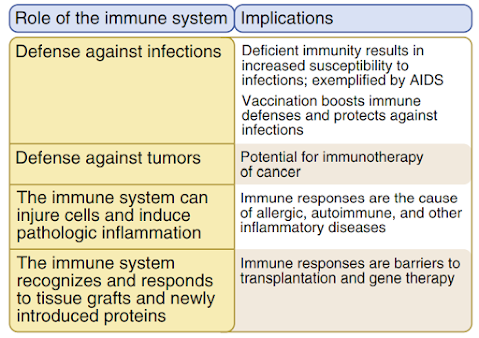How are carbohydrates digested in our body!!!
Digestion of carbohydrates
begins in the mouth and continues through the stomach and the small intestine.
There are basically three
types of carbohydrates that are digested by the human body and they are sucrose
which is found in the cane sugar or we can say the normal sugar we eat, second
is lactose or the carbohydrate part present in milk and dairy products. The third
type of carbohydrate that we intake is a polysaccharide which is starch which we
intake as grains.
In layman terms carbohydrate
is the part of diet such as sugar, dairy and grains. The former two are disaccharides
and only starch is polysaccharide.
After knowing what
carbohydrates we are intaking now should know how these are digested in our digestive
system.
Firstly, all the food we
take weather be it carbs, fat or proteins they undergo hydrolysis(breakdown of
a chemical compound due to water) and in case of carbohydrate it goes as
follows.
R”-R’
+ H2O → R”OH + R’H
Here hydrolysis is
breakdown the carbohydrate to monosaccharide. Now if we see in the process of
hydrolysis there is requirement of two components. First is water i.e H2O
which is gained by outside i,e drinking water or the result of metabolic
reactions in the body.
Second and the most
important component of the reaction are digestive enzymes. They are important because
if they are not produced or are produced in low amounts the respective
carbohydrate type will not be digested and will cause various complications
For better understanding
we can take the example of lactose intolerant people, those people have deficiency
of the digestive enzyme to break down lactose (the milk carbohydrate) so they
cannot digest milk or dairy products and can result in diarrhea, bloating etc.
Organs and parts of the body where carbohydrate
digestion takes place
1.
Mouth- Carbohydrate
digestion starts in the mouth itself by the enzyme present in our saliva called
salivary amylase or α-amylase or
ptyalin. But, the food stays in our mouth only for a short time span so
only 5 % of the starch gets digested there.
2.
Stomach –
from the mouth the food in the form of bolus goes through the oesophagus to the
stomach. The alpha- amylase is still active sometimes in the stomach till the
acidic gastric juice deactivates it and some digestion might occur in the
fundus region of the stomach.
3.
Small intestine- The carbohydrate is almost 30-40 % digested in the
stomach and the mouth and then it reaches the duodenum part of the SI in the form
of chyme. In the duodenum the pancreatic amylase which is similar to the
salivary amylase but many folds stronger acts into the carbohydrates and breaks
it into maltose and small glucose polymers.
4.
The enterocytes of the SI- The enterocytes
line the villi of the small intestine and they contain the enzymes like (sucrose,
maltase, lactase and α-dextrinase) which break down the polysaccharide to their
respective monosaccharide which are water soluble and they are then absorbed to
the portal blood circulation.
Conclusion
The carbohydrates digestion takes around 4 to
5 hours including absorption. Large amount of time is taken by green leafy
vegetables because they have complex carbohydrates including cellulose which
cannot be digested by humans. The digestion of carbohydrate breaks down
polysaccharides to simple sugar monosaccharide and thus may spike the blood
glucose levels.
People with diabetes and
other digestion enzyme related issues like lactose intolerance may need to
monitor their amount of carbohydrate intake.
P.S - Share with people
you think might like it and comment your thoughts.
Stay safe until next time.


Comments
Post a Comment